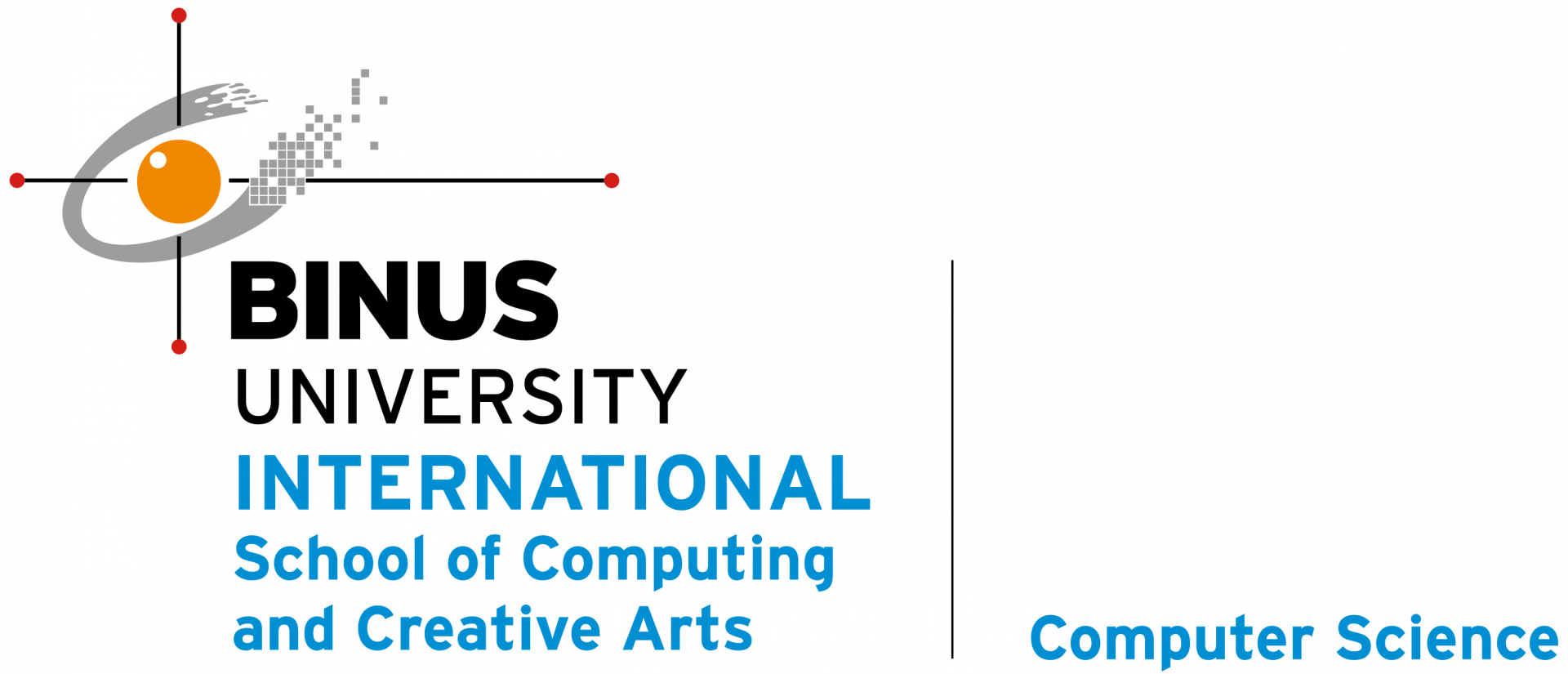Forecasting Vaccination Growth for COVID-19 using Machine Learning
https://ieeexplore.ieee.org/document/9756096
Aimee Putri Hartono; Callista Roselynn Luhur; Nunung Nurul Qomariyah
In this digital era, machine learning (ML) is becoming more common in the healthcare industry. It plays many essential roles in the medical field including clinical forecasting, visualization, and even automated diagnostics. This paper focuses on the future prediction of COVID-19 vaccination rates in different countries. Considering how destructive the novel Coronavirus has been and its continuous mutation and spread, clinical interventions such as vaccines serve as a ray of hope for many individuals. As of 2021, an estimated total of 8,687,201,202 vaccine doses by numerous biopharmaceutical manufacturers have been administered worldwide [1]. This study intends to estimate the probable increase or decrease in global vaccination rates, as well as analyze the correlation between future trends of daily vaccinations and new COVID-19 cases, along with deaths and reproduction rates. Three models were utilized in forecasting and comparing the overall prediction toward the COVID19 vaccine rates; Auto-Regressive Integrated Moving Average (ARIMA), an ML approach, Long-Short Term Memory (LSTM), an artificial Recurrent Neural Networks (RNN), and Prophet which is based on an additive model. The Vector Autoregression (VAR) model will also be utilized to compare COVID-19 cases, deaths and reproduction rates to that of COVID-19 vaccine growth. ARIMA resulted to be the best model, while Prophet turned out to be the worst-performing model. In general, our comparison of employing the ARIMA model vs the other three results in the conclusion that adopting this method shows to be a more effective approach in projecting vaccination growth in the future. Furthermore, a visible increase in future daily vaccinations can be seen to be correlated with the increase in COVID-19 cases, deaths reproduction rates, and a fluctuating trend in COVID-19 deaths.

